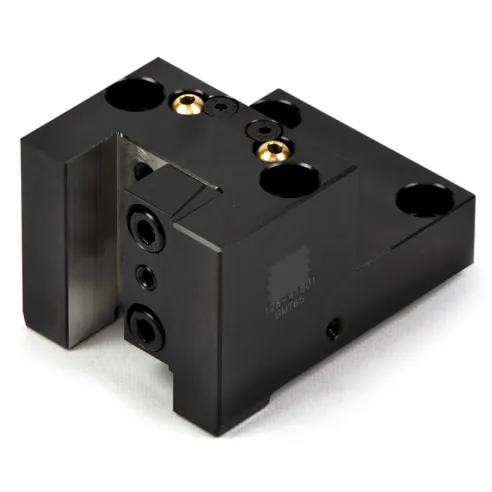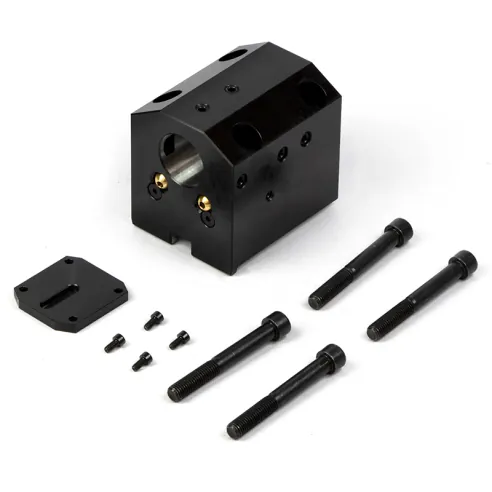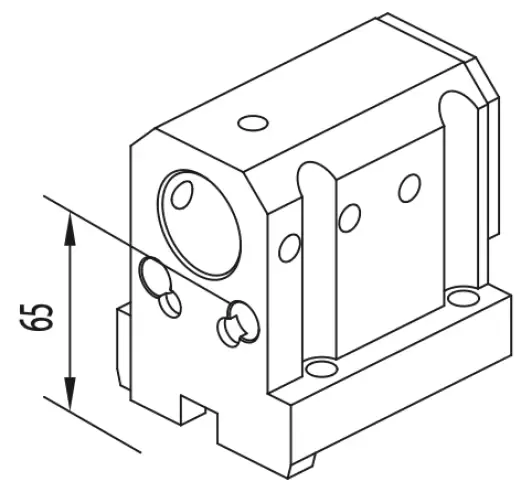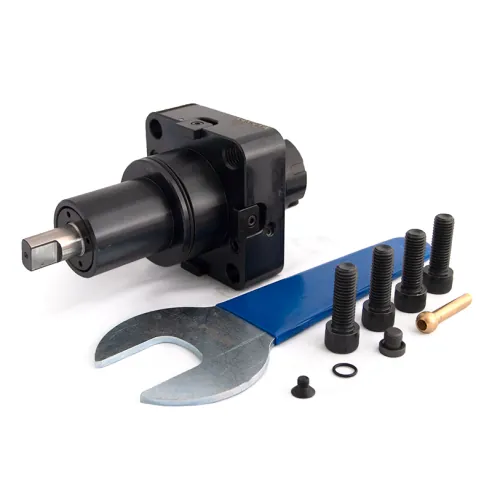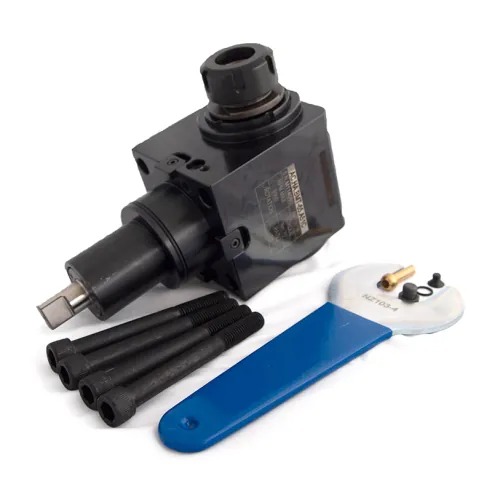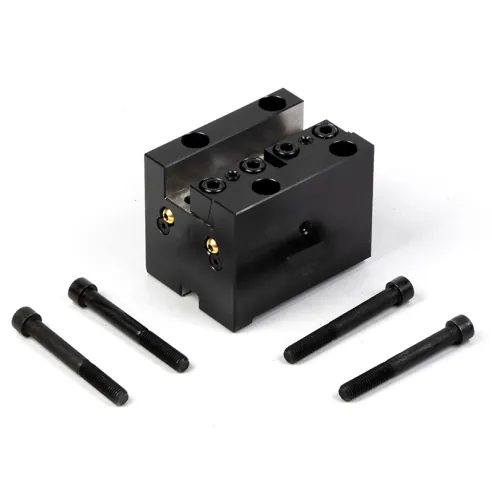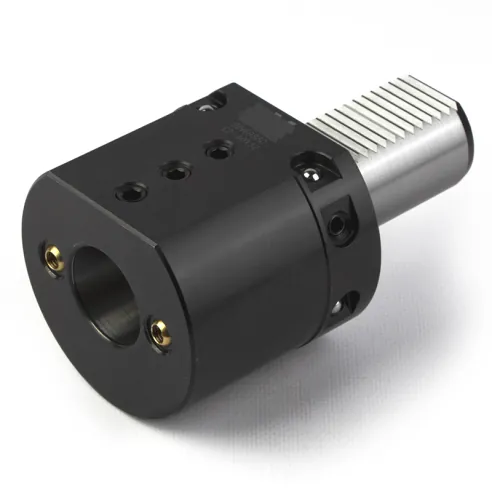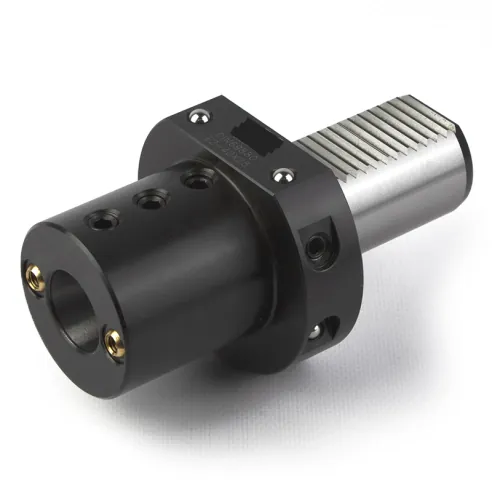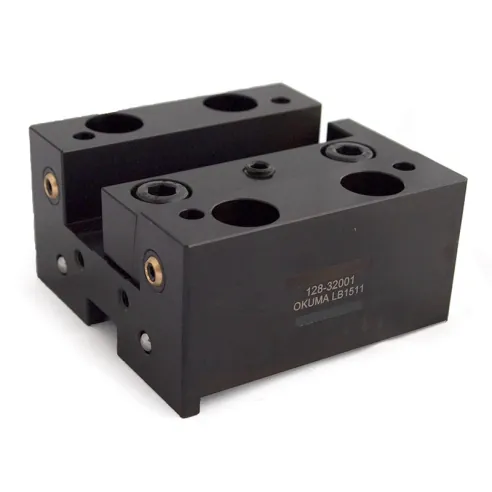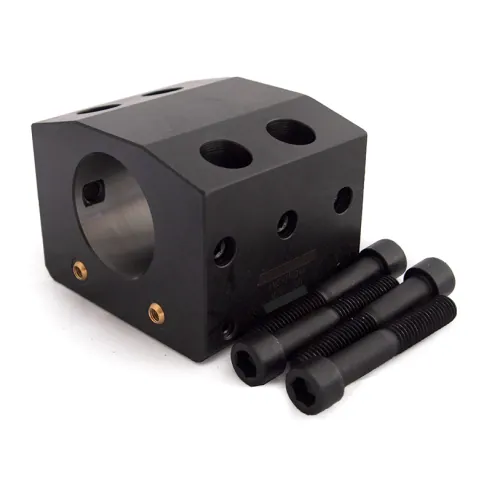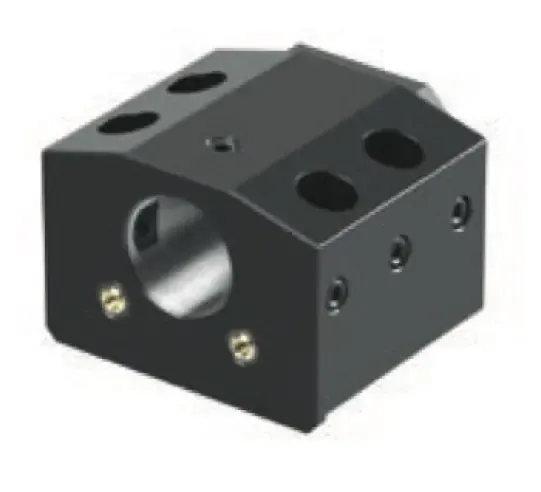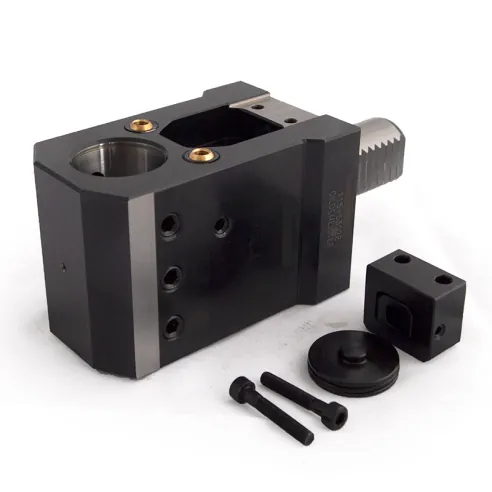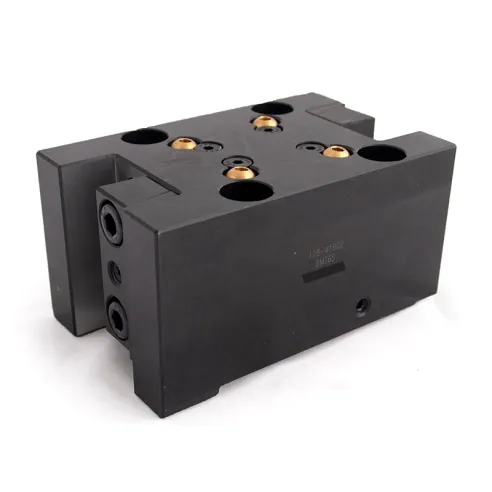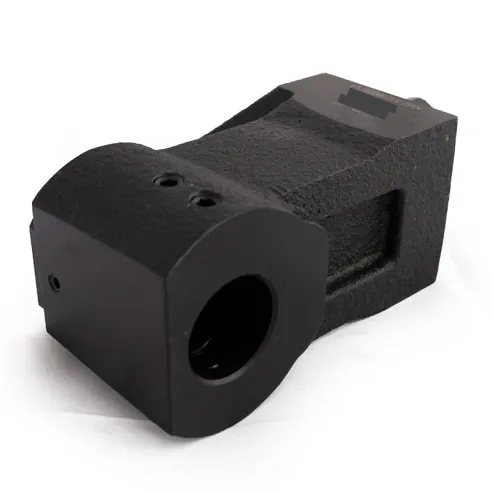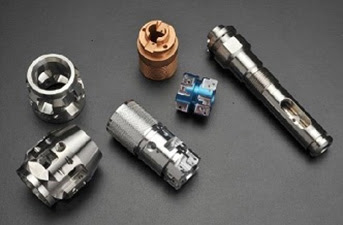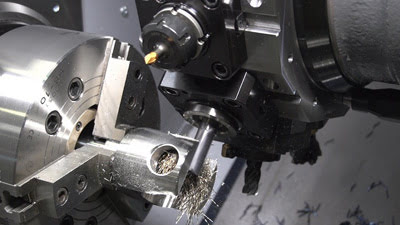Tools for Lathe - CNC tooling
- 71,14 CA$ Price w/o VAT72,59 CA$
- 80,79 CA$ Price w/o VAT82,44 CA$
- 283,30 CA$ Price w/o VAT289,08 CA$
- 304,76 CA$ Price w/o VAT310,98 CA$128-21802In Stock128-21802In Stock
- 270,42 CA$ Price w/o VAT275,94 CA$128-21801In Stock128-21801In Stock
- 281,02 CA$ Price w/o VAT286,76 CA$128-21530In Stock128-21530In Stock
- 906,77 CA$ Price w/o VAT925,28 CA$DTB65ER32SIn StockDTB65ER32SIn Stock
- 1 527,85 CA$ Price w/o VAT1 559,03 CA$DTB65ER32AIn StockDTB65ER32AIn Stock
- 311,20 CA$ Price w/o VAT317,55 CA$128-31802Running out of stock128-31802Running out of stock
- 71,14 CA$ Price w/o VAT72,59 CA$E2-40X32Running out of stockE2-40X32Running out of stock
- 71,14 CA$ Price w/o VAT72,59 CA$E2-40x25Running out of stockE2-40x25Running out of stock
- 727,65 CA$ Price w/o VAT742,50 CA$DTI40HER32SRunning out of stockDTI40HER32SRunning out of stock
- 1 212,75 CA$ Price w/o VAT1 237,50 CA$DTI40HER32ARunning out of stockDTI40HER32ARunning out of stock
- 223,94 CA$ Price w/o VAT228,51 CA$128-32001Running out of stock128-32001Running out of stock
- 223,94 CA$ Price w/o VAT228,51 CA$KMS-T10044Running out of stockKMS-T10044Running out of stock
- 228,32 CA$ Price w/o VAT232,98 CA$128-22001Running out of stock128-22001Running out of stock
- 238,87 CA$ Price w/o VAT243,74 CA$KMS-T13064Running out of stockKMS-T13064Running out of stock
- 245,89 CA$ Price w/o VAT250,91 CA$128-22005Running out of stock128-22005Running out of stock
- 263,06 CA$ Price w/o VAT268,43 CA$KMS-T00068Running out of stockKMS-T00068Running out of stock
- 285,42 CA$ Price w/o VAT291,24 CA$115-53028Running out of stock115-53028Running out of stock
- 300,47 CA$ Price w/o VAT306,60 CA$128-41520Running out of stock128-41520Running out of stock
- 317,90 CA$ Price w/o VAT324,39 CA$128-21516Running out of stock128-21516Running out of stock
- 393,83 CA$ Price w/o VAT401,87 CA$128-41802Running out of stock128-41802Running out of stock
- 562,04 CA$ Price w/o VAT573,51 CA$KMZ-53208005200Running out of stockKMZ-53208005200Running out of stock
Introduction
What is the purpose of tools for lathe, and why can we distinguish them as a separate category? A CNC turning machine can’t operate without the necessary tooling and accessories, and unlike, for example, milling machines, we can rarely make do with universal devices. A lathe requires specialized tooling and/or accessories. For user to mount a cylindrical workpiece, we always need a chuck (either a collet or jaw type) to secure the cutting tool in the CNC lathe's turret, specific toolholders are essential. When the length of the workpiece significantly exceeds its diameter, we need to support the workpiece on a back using a tailstock or, when that is insufficient, by using a steady rest. Lathes with a live tooling option always require special live tool blocks, and work with materials in form of a long bars may necessitate the installation of special devices, such as a bar puller. It's important to specifically mention the turning cutting tools, which can only be used for machining of rotational bodies – these include various arbors, holders, and cutters for machining both the internal and external diameters. However, drills, end mills (for live tooling), and various accessories like ER collets can be considered universal tools and accessories.
What is a lathe machine?
Before deep dive into the various turning tools, it's important to recall what a lathe machine is and what makes it unique. Lathe machines are machining rotational bodies = cylindrical workpieces, so the need for their processing emerged with the invention of first rotating mechanisms, which always require the presence of an axis (shaft) on which the rotating elements are mounted, whether it be a cart axle or a shaft for attaching a windmill wheel. The first lathes were invented for woodworking, but the essence of the technology, even centuries later, does not differ for metalworking lathe with CNC: It is necessary to secure the workpiece in the headstock, permanently rotate it, bring a stationary cutting tool close to it, and then at the point of contact between the rotating workpiece and the stationary cutting tool, initially contact-cutting (impact) occurs, followed by the sequential removal of the workpiece material, an operation in principle repeating planing. The formation of the rotational body occurs due to the longitudinal and transverse movement of the tool relative to the rotating workpiece. Modern CNC lathe machine tools are capable of processing steel of different grade, aluminum, cast iron, non-ferrous metals, stainless steel, titanium, and superalloys of various diameters and lengths.
Types of tools for lathes
There are a few main types of tools for lathe machine:
- Lathe chucks for workpiece clamping in the machine spindle.
In most cases, a cylindrical workpiece is clamped in the lathe's spindle using a chuck. Chucks are divided into two main types based on the clamping mechanism - collet and jaw chucks, each of which, in turn, is divided into three main types of clamping mechanisms: hydraulic chucks (the most common), manual chucks, and pneumatic chucks. It can be confidently stated that the most widespread are self-centering three-jaw chucks with a hydraulic clamping mechanism and interchangeable jaws, providing quick workpiece change, accurate positioning between the three jaws, sufficient clamping force capable of withstanding high cutting parameters, as well as versatility due to the ability to change jaws. Collet chucks are the second most common, where the workpiece is clamped in a collet of the corresponding diameter. Collet chucks provide maximum accuracy, allow clamping of thin-walled workpieces (tubes), and take up minimal space in the machine's working area since the chuck mechanism is often located inside the spindle hole.
- Live centers for tailstock
Tailstock centers are mounted in the tailstock, located opposite and coaxial to the main spindle of the machine. They are used to support long and heavy workpieces to prevent vibrations and deflections. Tailstock live centers consist of a polished cone, which is mounted through a bearing on a tool holder, most often a standard Morse taper.
- Tool holders and blocks for static and driven tools
Depending on the type of turret, the cutting tool can be mounted in the lathe either directly in the turret or (in most cases) through tool blocks. The task of static tool blocks is to provide easy and reliable tool clamping and its positioning for radial or axial processing, including processing parts on the counter-spindle of the CNC machine. There is various selection of fixed blocks can be identified: right and left blocks for clamping tools for external diameter machining, blocks for clamping axial tools (boring bars, etc.), blocks with collet chucks for clamping drills or taps, blocks for cut-off tools, and some others. There are also special static tool blocks that do not participate directly in processing, such as bar pullers and positioning pushers/stop blocks. Live tool blocks, in turn, are used for mounting mills and drills, most often through an ER-type collet clamping.
- Cutting turning tools
The main types of turning cutting tools include:
- External turning tools, providing external shaping of the workpiece.
- Face turning tools incl. parting tools for lathe, providing the creation of flat surfaces on the part (end face, groove, etc.). Grooving can be done on both the outer and inner parts of the detail.
- Boring axial tools for internal machining, providing internal shaping of the part.
- Thread cutting tools, accordingly, providing thread creation.
- Drills for lathe machines.
In modern CNC machines, tools with replaceable inserts are most often used.


